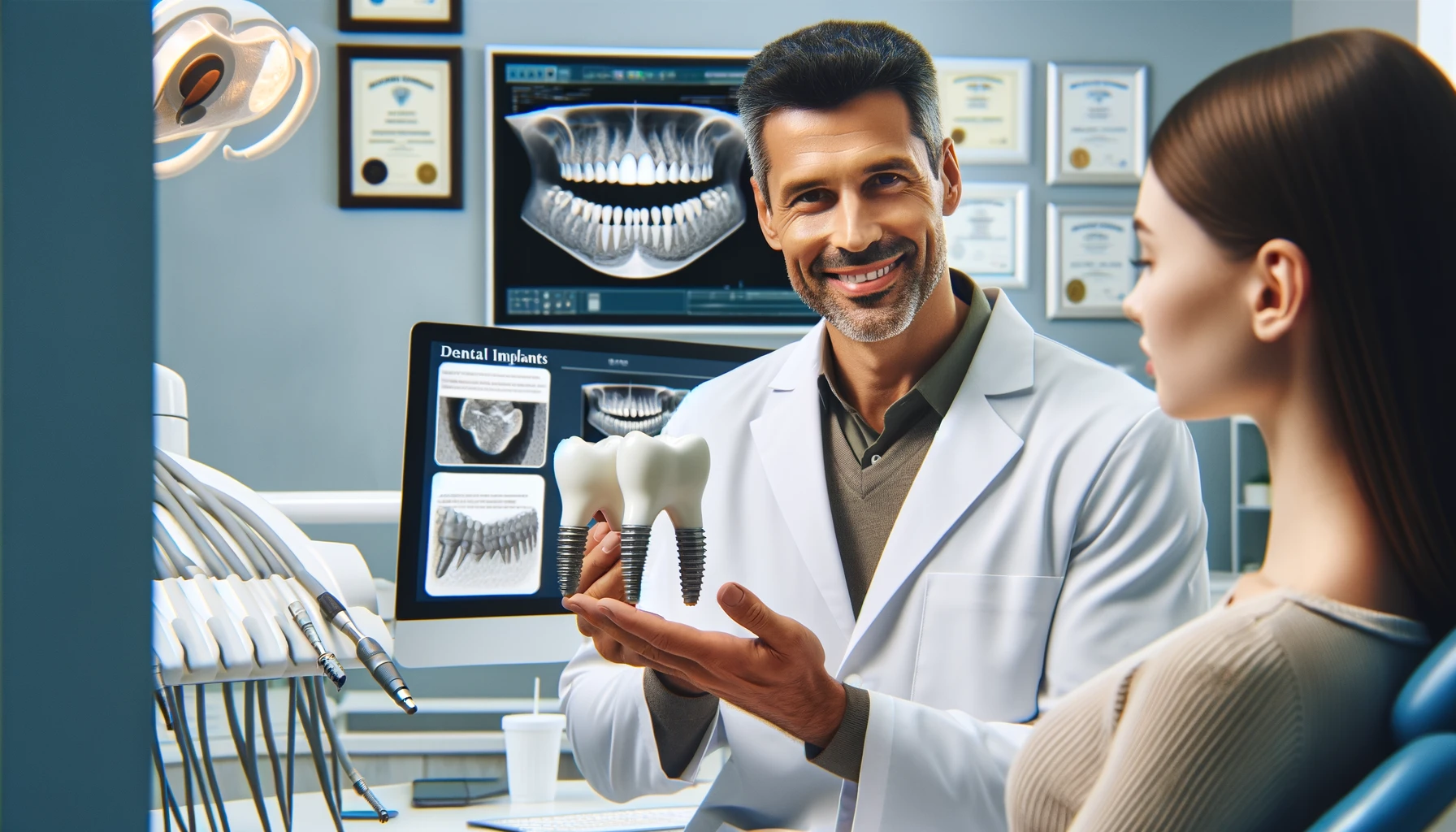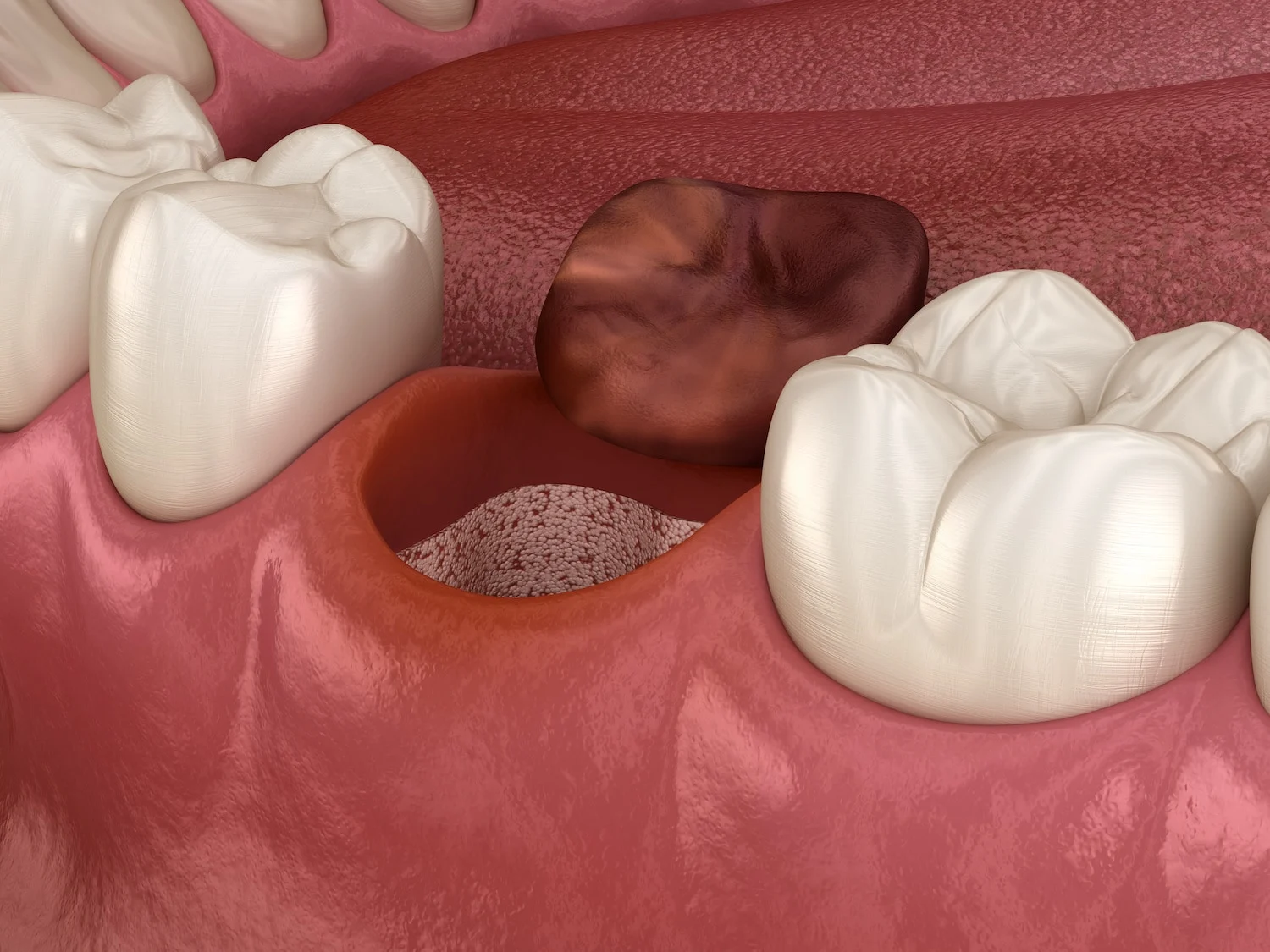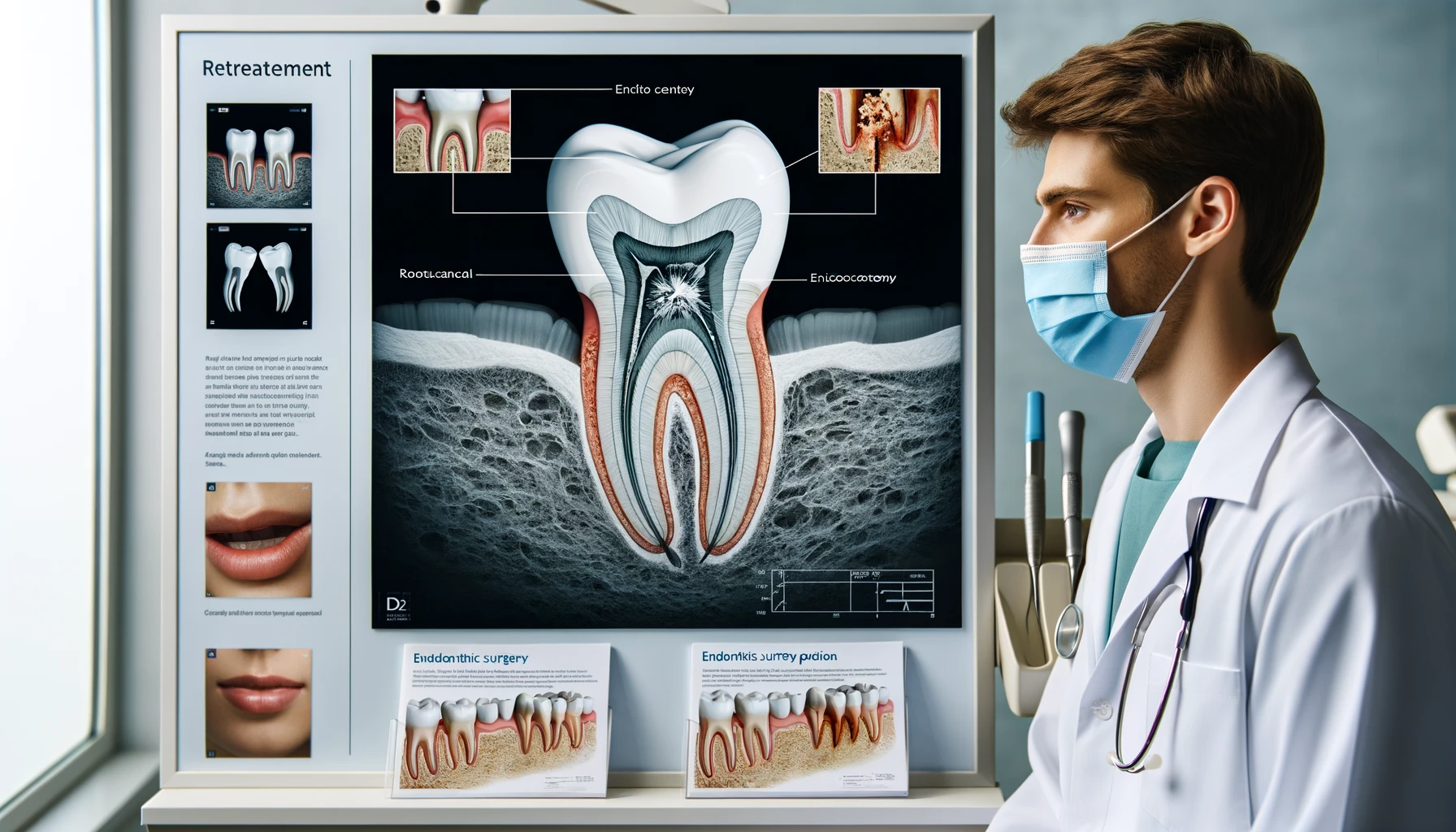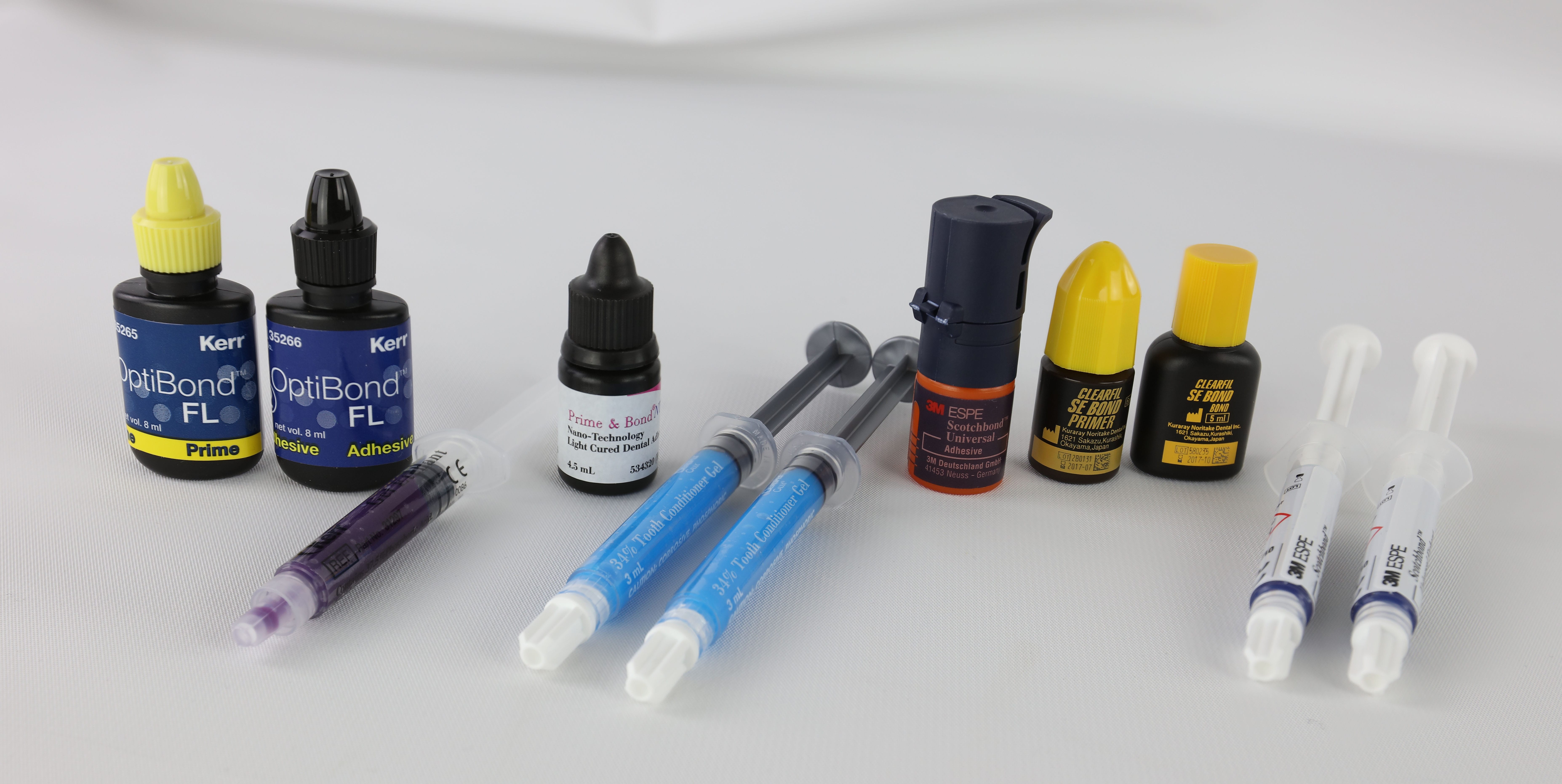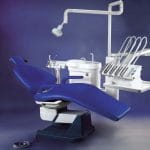Ever felt that sharp pain when biting into your favorite food? You’re not alone. A cracked tooth affects 4.5% of dental patients, and it’s more than just a minor inconvenience. It’s a dental crisis that demands attention. But don’t worry – we’ve got you covered.
Welcome to your ultimate guide on cracked teeth. Whether you’re dealing with a hairline fracture or a major split, we’ll walk you through everything you need to know. From identifying the sneaky symptoms to understanding the latest treatment options in 2024, we’re here to help you navigate this dental dilemma.
Ready to crack the code on tooth cracks? Let’s dive in and get your smile back on track!
Understanding the Main Types of Cracked Teeth
According to the American Association of Endodontists, there are five primary categories of cracked teeth:
1. Craze Lines
These are superficial hairline cracks that only affect the outer enamel. They are generally harmless and don’t require treatment unless for cosmetic reasons.
2. Fractured Cusp
This occurs when a weakened cusp (the raised points on the biting surface) breaks off, often due to excessive biting forces or tooth decay. Treatment typically involves placing a dental crown.
3. Cracked Tooth
A cracked tooth features an incomplete fracture line that starts on the chewing surface and extends towards the root. Early diagnosis and treatment with a dental crown are crucial to prevent the crack from progressing.
4. Split Tooth
A split tooth is the end stage of an untreated cracked tooth, where the crack extends from the surface down to below the gumline, separating the tooth segments. Extraction is often necessary at this stage.
5. Vertical Root Fracture
These fractures start in the root of the tooth and extend upwards toward the chewing surface. They have a very poor prognosis and usually require tooth extraction.
Other Types of Tooth Fractures
In addition to the five main categories, there are other types of tooth fractures worth mentioning:
- Chipped Tooth: Commonly seen in patients who grind their teeth (bruxism). Chips can also occur from biting hard objects or trauma. Front teeth are particularly susceptible to small chips from everyday accidents.
- Fractured Root: Can result from traumatic dental injury or excessive biting forces. Depending on the extent of the fracture, treatment may involve stabilization with a crown or extraction.
Common Causes and Risk Factors for Cracked Teeth
Several factors can contribute to cracked teeth:
- Bruxism: Chronic teeth grinding can exert excessive pressure on teeth over time.
- Chewing Hard Objects: Regularly biting down on hard foods like popcorn kernels or ice can lead to cracks.
- Trauma: Accidents or injuries can result in cracked teeth.
- Large Fillings: Extensive restorations may weaken natural tooth structure, increasing susceptibility to cracks.
- Aging: As we age, our teeth become more brittle and prone to fractures.
- Temperature Changes: Sudden exposure to extreme hot and cold temperatures can cause cracks.
Recognizing the Symptoms of a Cracked Tooth
Identifying a cracked tooth can be challenging as symptoms often vary and may mimic other dental issues. Watch for these common signs:
- Pain when biting or chewing, especially sensitivity to temperature
- Intermittent pain that comes and goes
- Discomfort that feels like it’s spreading from one tooth to another
- Sensitivity to sweet, sour, or sticky foods
- A rough or sharp edge felt on the tooth with your tongue
- Swelling around the affected gum area
If you experience any of these symptoms, it’s essential to consult your dentist promptly for evaluation. They may use specialized tests and imaging techniques to visualize the crack accurately.
Diagnosing and Treating Cracked Teeth in 2024
Advancements in dental technology have made diagnosing and treating cracked teeth more effective than ever. Digital x-rays and 3D imaging allow for precise visualization of tooth structure, while techniques like transillumination help detect even tiny cracks.
Clinical Examination and Diagnostic Methods
Many cracked teeth may not be visible on standard x-rays; thus, diagnosis often relies on patient-reported symptoms and clinical examination findings. Your dentist might perform specific bite tests or shine bright lights on your teeth to identify cracks effectively.
Treatment Options for Cracked Teeth
Treatment recommendations depend on the type, location, and severity of the crack:
- Bonding: Minor chips limited to enamel can often be repaired with tooth-colored bonding material.
- Crown: A dental crown encases the entire visible portion of the tooth, holding it together and preventing further damage.
- Root Canal: If a crack extends into the pulp, a root canal may be necessary before placing a crown.
- Extraction: Severe cracks extending below the gumline typically require extraction. Your dentist will discuss options for replacing the tooth with implants or bridges.
Addressing a cracked tooth promptly increases your chances of saving it. Delaying treatment can lead to more extensive damage and limited options later on.
Preventing Cracked Teeth: Tips for Maintaining a Healthy Smile
While it’s not always possible to avoid cracked teeth entirely, you can take steps to reduce your risk:
- Avoid chewing hard objects like ice or hard candies.
- Do not use your teeth as tools for opening packages.
- Wear a mouthguard during contact sports.
- Schedule regular dental checkups to catch issues early.
- Ask your dentist about a nightguard if you grind your teeth.
- Maintain good oral hygiene and address cavities promptly.
If you tend to clench or grind your teeth due to stress, consider relaxation strategies such as exercise or meditation. Reducing pressure on your teeth lowers your risk of cracks significantly.
The Bottom Line
Cracked teeth are a prevalent dental issue that can lead to pain, infection, and potential tooth loss if neglected. By understanding their types, causes, and symptoms, you can take proactive measures to protect your smile and seek timely treatment when necessary.
Remember that prevention and early intervention are key! With appropriate diagnosis and care, you can ensure your teeth continue serving you well for many years ahead. For more information about cracked teeth and their treatment options, visit the American Association of Endodontists.

